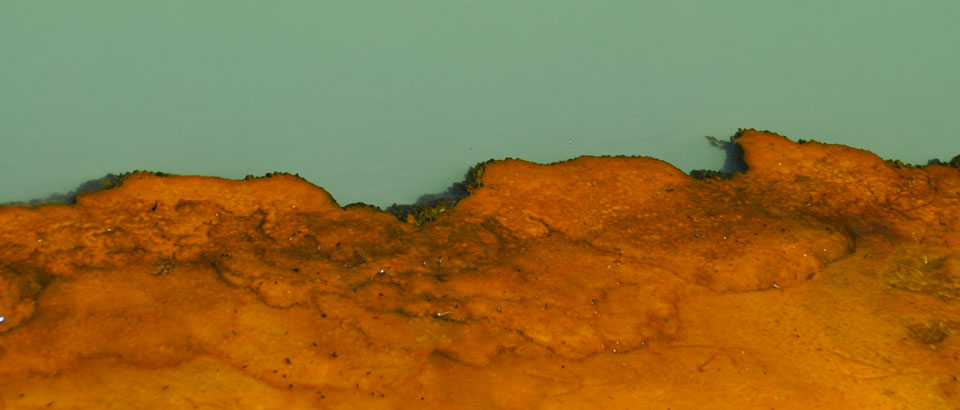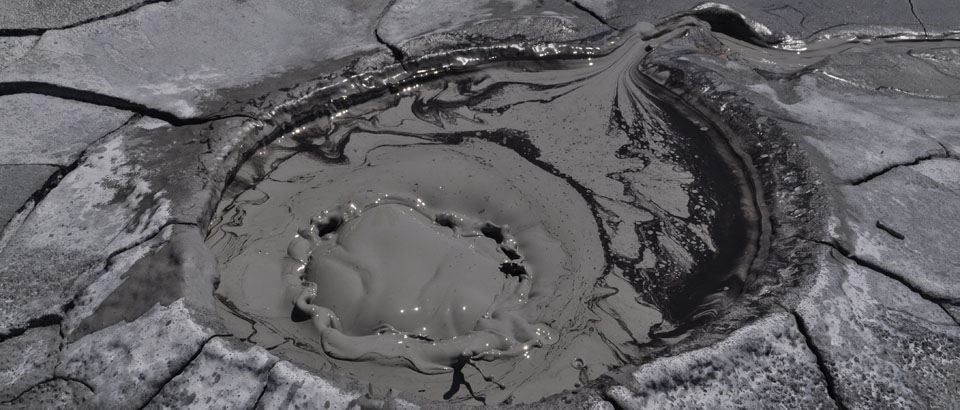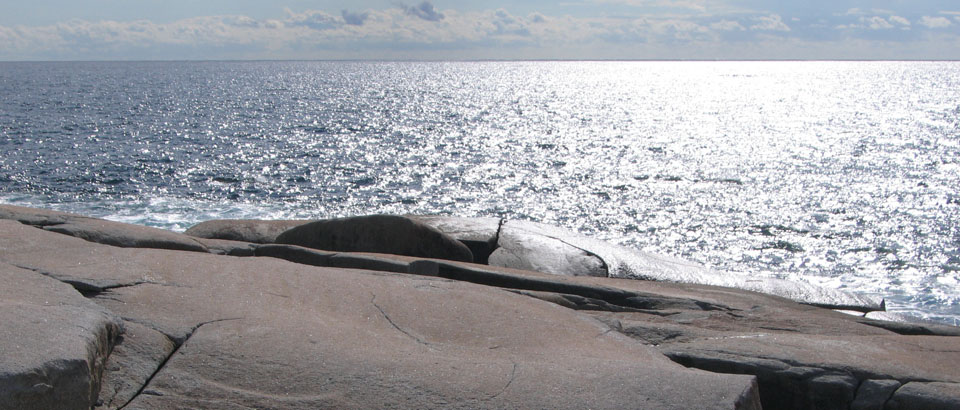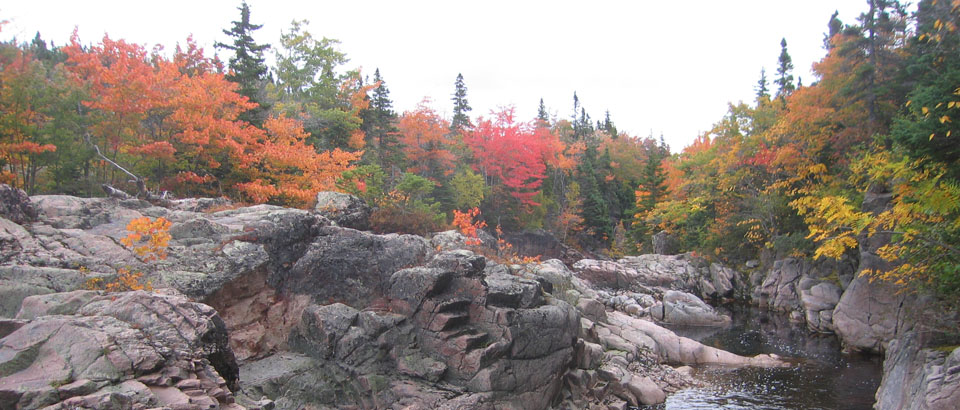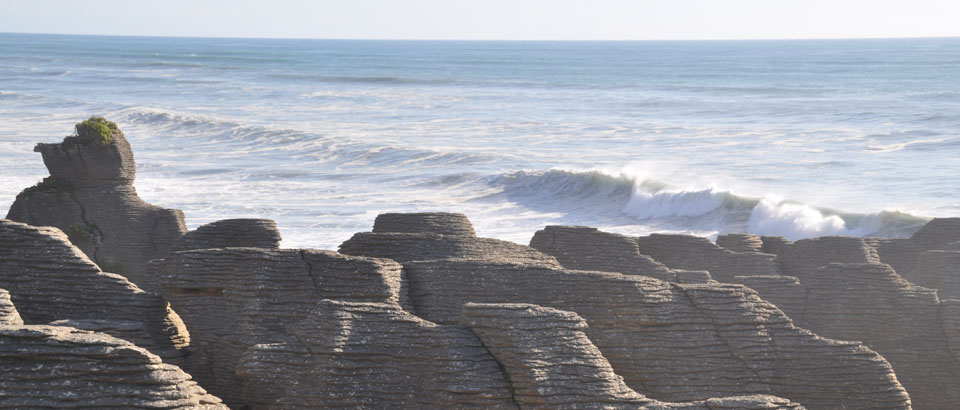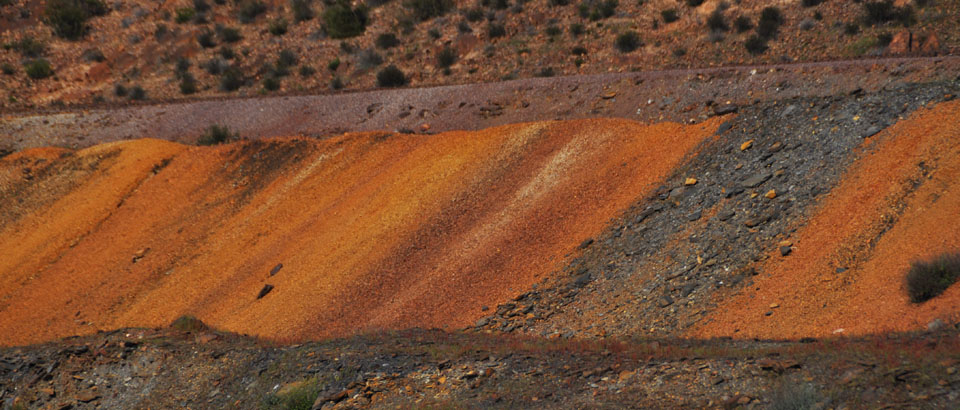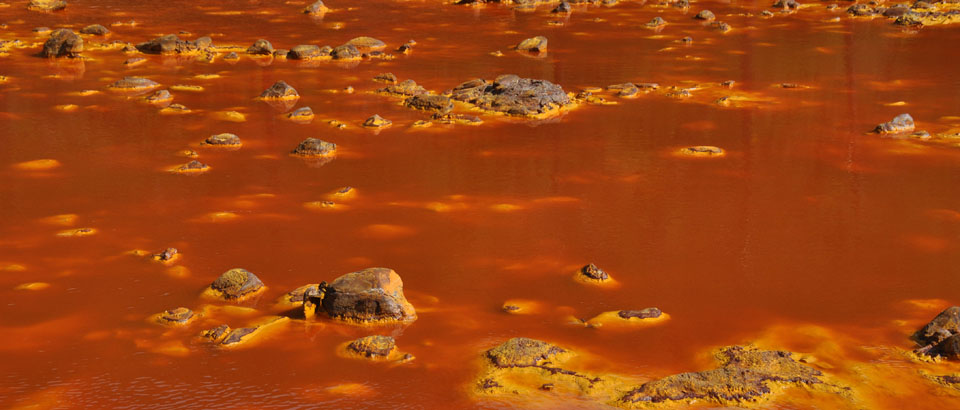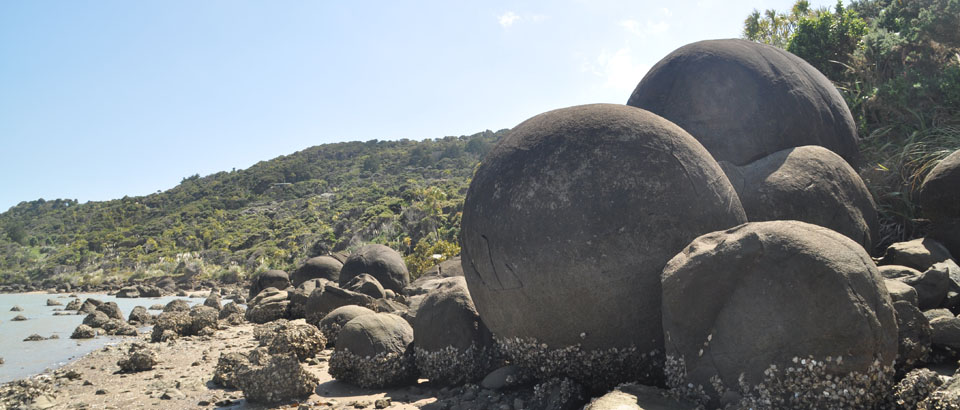Variscan collisional magmatism and deformation in NW Iberia: Constraints from U-Pb geochronology of granitoids. J. Fernández-Suárez , G.R. Dunning, G.A. Jenner, G. Gutiérrez-Alonso, 2000, Journal of the Geological Society, London, 157, 565-575. DESCARGAR-DOWNLOAD.
RESUMEN-ABSTRACT
U–Pb geochronology of Variscan granitoid rocks from the West Asturian Leonese Zone of the NW Iberian belt documents the episodic nature of magmatism in this section of the western European Variscides. Each magmatic episode is characterized by granitoids with distinct features and has a duration on the scale of several millions of years. The ages of these granitoids place new constraints on the age and duration of magmatic and tectonic events, that are consistent with previous structural studies and proposed models for the tectonic evolution and migration of deformation in the NW Iberian Variscan belt.
Granitoid rocks in this zone belong to two main magmatic episodes (syn‐ and post‐tectonic relative to the Variscan Orogeny) and are broadly representative of the granitoid types found in the NW Iberian Variscan belt. The syntectonic association is formed by: (i) tonalite–granodiorite–monzogranite intrusions emplaced synchronously with the main phase of crustal deformation (D2) at c. 325 Ma and (ii) younger leucogranite intrusions emplaced synchronously with syn‐convergence extensional structures at c. 320–310 Ma. The post‐tectonic association is composed of: (i) volumetrically dominant tonalite–granodiorite–monzogranite intrusions (and associated minor mafic‐intermediate rocks) emplaced at c. 295–290 Ma; and (ii) scarce leucogranite intrusions emplaced at c. 290–285 Ma.


